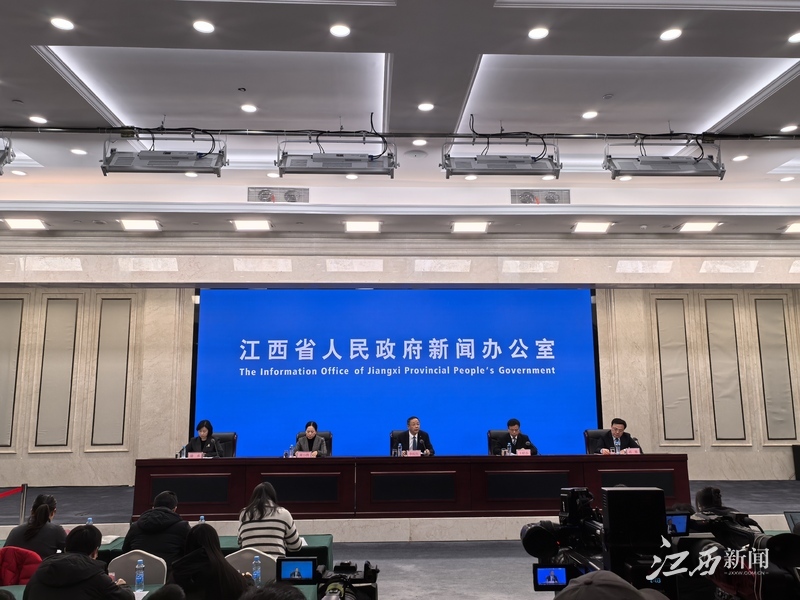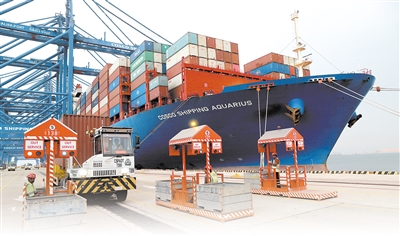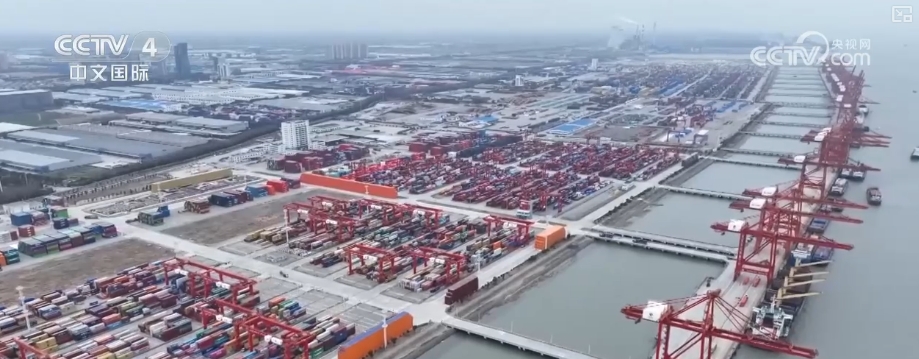What Is The Concept Of Fujian Free Trade/Haixi And What Industrial Chains Are Covered?
What Is The Concept Of Fujian Free Trade/Haixi And What Industrial Chains Are Covered?
h2 h3 h4 padding 10px0 font size 16px line height 30px color 262626 font weight 600 h2 b
Fujian Free Trade Zone, full name of China (Fujian) Free Trade Pilot Zone, is a national-level open platform approved by the State Council in 2015, covering three areas: Fuzhou, Xiamen and Pingtan. Its strategic positioning is to deepen cross-strait economic cooperation, promote institutional innovation, and create a new highland for opening up to the outside world. The "Haixi Concept" originates from the development strategy of the "Western Coast Economic Zone of the Strait", aiming to take Fujian as the core, radiate and drive the surrounding areas, and form an economic cooperation belt connecting the Yangtze River Delta and facing Taiwan.
These two concepts are highly coordinated at the policy level, focusing on regional coordinated development and industrial upgrading. Focusing on this strategic positioning, multiple industrial chains have been focused on cultivating and expanding. First of all, port logistics and shipping services, relying on the advantages of coastal deep-water ports, it develops international transit, cross-border logistics and supply chain management, and strengthens connectivity with countries along the "Belt and Road".
The second is the electronic information and intelligent manufacturing industry. Relying on the basis of cooperation with Taiwan, Fujian has formed agglomeration effect in the fields of integrated circuits, new displays, communication equipment, etc., and promoted the development of advanced manufacturing. At the same time, the digital economy has also become an important growth point, covering emerging industries such as software development, big data applications and cross-border e-commerce.
The modern service industry also benefits significantly. The pilot program of financial innovation continues to be promoted, and businesses such as cross-border RMB settlement and financial leasing are gradually liberalized; professional services such as law, accounting, and consulting are also accelerating with the opening-up policy. In addition, the cultural tourism industry uses the same cultural resources as Fujian and Taiwan to promote cross-strait exchanges and cultural tourism integration, and form a distinctive consumption scenario.
Overall, the development of the region not only relies on geographical and policy advantages, but also focuses on stimulating market vitality through institutional innovation. For investors, understanding the policy logic and development trends behind these industrial chains will help to grasp the long-term opportunities in regional economic growth. But at the same time, we also need to pay attention to changes in the external environment and the industry competitive landscape, and rationally evaluate the investment value in related fields.





